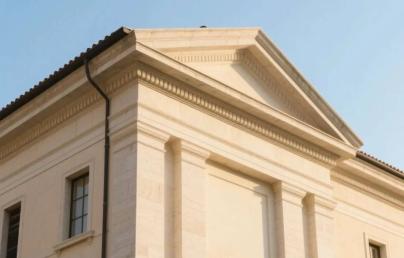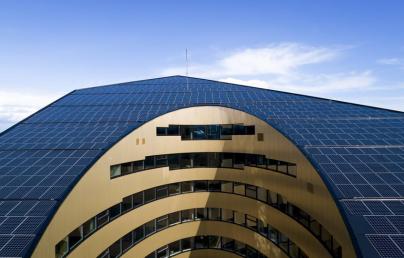
Advancements in phase change materials for building envelopes: enhancing thermal regulation and energy efficiency

Advancements in phase change materials for building envelopes: enhancing thermal regulation and energy efficiency
The paper reviews advancements in phase change materials (PCMs) for building envelopes, highlighting their benefits for thermal regulation and energy efficiency while addressing challenges and exploring hybrid technologies for improved performance.
The building envelope acts as a protective barrier and insulation to minimise energy loss.
With rising global energy concerns, stringent requirements for building envelopes are emerging. Phase change materials (PCMs) are highlighted for their thermal energy storage and stabilisation benefits.
This review covers advancements in organic, inorganic, and eutectic PCMs, examining their benefits, challenges, and incorporation methods like encapsulation and shape stabilisation.
PCMs enhance thermal inertia, reduce temperature fluctuations, and delay heat peaks but face issues such as fire risk, toxicity, and higher costs. The paper also explores hybrid technologies combining PCMs with innovations like thermochromic windows and passive cooling systems, showing improved energy efficiency and comfort.
Future research aims to further green building practices using PCMs.
sustainability-16-06482.pdf
English (18.22 MB - PDF)
